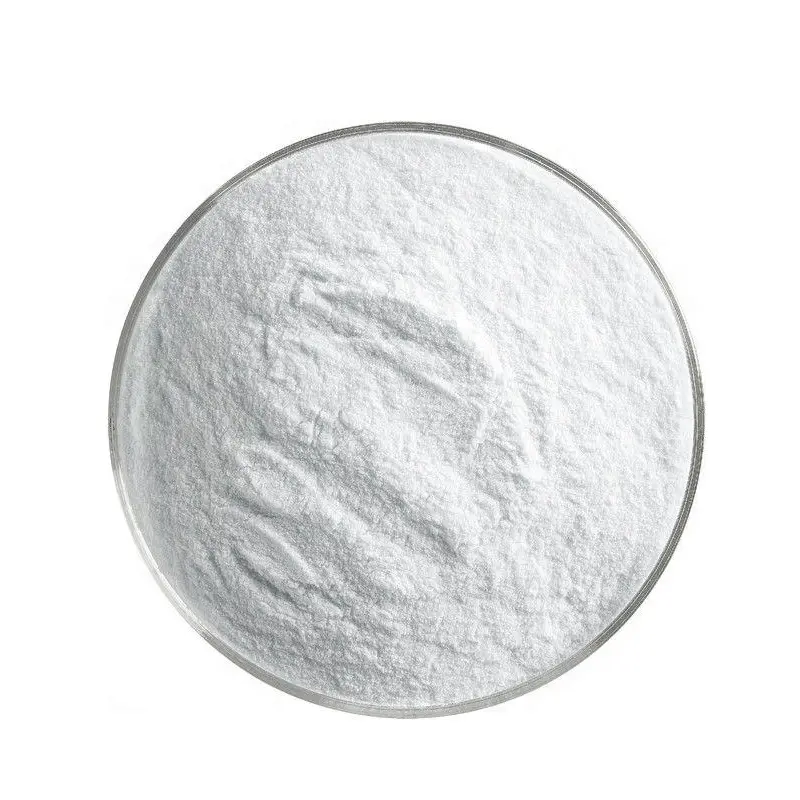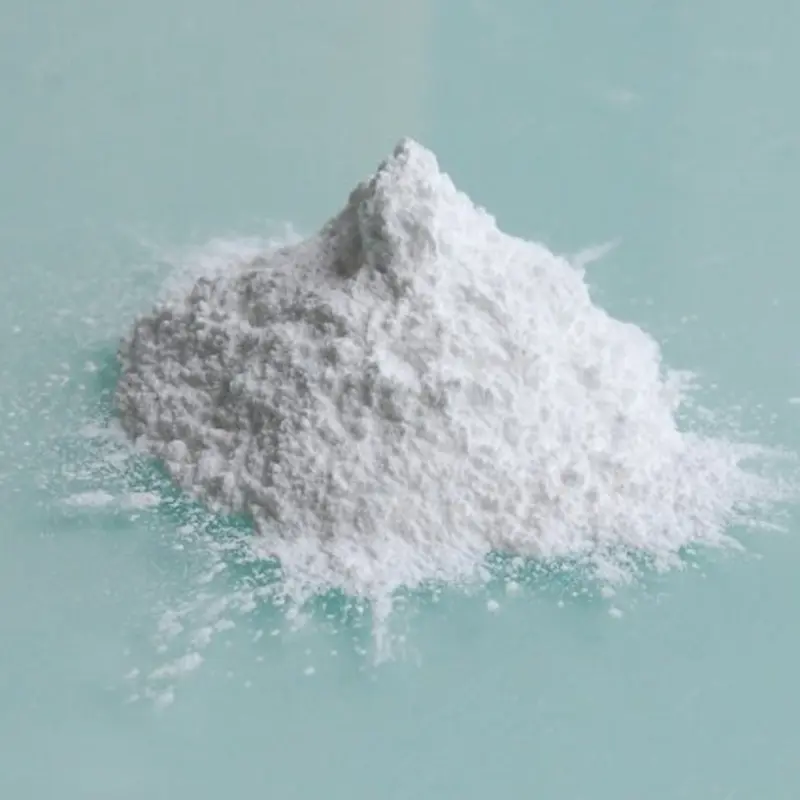Understanding Thiophanate-Methyl Uses
Thiophanate-methyl, a systemic fungicide from the benzimidazole group, has been a cornerstone in combating a wide array of fungal diseases across multiple agricultural and horticultural sectors. Its dual-action properties—both preventive and curative—make it a versatile and reliable choice for growers worldwide. Here, we delve into the specific uses of thiophanate-methyl and its applications.
1. Uses in Agriculture
Cereal Crops
Thiophanate-methyl is highly effective in managing diseases that significantly impact grain yield and quality. Its systemic action ensures protection against fungal pathogens such as:
- Fusarium Head Blight: Prevents grain discoloration and mycotoxin production.
- Powdery Mildew: Controls mildew outbreaks to maintain healthy crop growth.
Vegetables
Thiophanate-methyl is extensively used in vegetable production to combat fungal diseases like:
- Gray Mold (Botrytis cinerea): Common in tomatoes, peppers, and cucumbers.
- Anthracnose: Protects leafy greens and fruiting vegetables from this damaging pathogen.
- Damping-Off: Prevents fungal attacks on seedlings, ensuring healthy establishment.
Fruits
Fruit crops benefit significantly from thiophanate-methyl’s broad-spectrum activity:
- Apples and Pears: Effective against scab and powdery mildew.
- Citrus: Controls post-harvest rot and other fungal infections.
- Stone Fruits: Manages diseases like brown rot in peaches and cherries.
2. Uses in Horticulture
Ornamental Plants
Thiophanate-methyl is a popular choice for protecting ornamental plants from fungal diseases, maintaining their aesthetic and economic value:
- Leaf Spots: Controls fungal spots in flowering plants.
- Blights: Prevents blight diseases that can severely affect plant health and appearance.
Turf and Lawn Management
In the turf industry, thiophanate-methyl is widely used for:
- Dollar Spot: Controls this common turf disease in golf courses and lawns.
- Brown Patch: Provides systemic protection for lush, disease-free grass.
3. Seed Treatment Applications
Thiophanate-methyl is frequently used as a seed treatment to protect crops during the critical germination and early growth stages. It prevents diseases like:
- Damping-Off: Protects seeds and seedlings from soil-borne fungal pathogens.
- Root Rot: Ensures healthy root development in early plant stages.
4. Post-Harvest Protection
For fruits and vegetables, thiophanate-methyl offers post-harvest protection by preventing fungal decay during storage and transportation. This extends shelf life and reduces economic losses.
5. Uses in Combination Formulations
Thiophanate-methyl is often combined with other fungicides to enhance its effectiveness:
- Thiophanate-Methyl + Mancozeb: Offers both systemic and contact protection against a wide range of fungal pathogens.
- Thiophanate-Methyl + Chlorothalonil: Combines systemic and contact action for long-lasting disease control in turf and ornamentals.
- Thiophanate-Methyl + Pyraclostrobin: Provides curative and preventive action against multiple fungal diseases.
Benefits of Thiophanate-Methyl
- Broad-Spectrum Activity: Controls a wide range of fungal diseases.
- Systemic Properties: Protects both treated and untreated parts of plants by moving through the vascular system.
- Dual-Action: Offers preventive and curative control, ensuring flexible application timing.
- Crop Safety: Safe for use on a variety of crops when applied according to label instructions.
Conclusion
Thiophanate-methyl’s versatility and efficacy make it an indispensable fungicide for managing fungal diseases in agriculture, horticulture, and turfgrass management. Its broad-spectrum activity, systemic action, and compatibility with other fungicides enhance its value as a critical tool in modern crop protection strategies. From protecting cereal crops and fruits to maintaining disease-free lawns and ornamentals, thiophanate-methyl continues to be a preferred choice for growers and landscapers alike.
Thiophanate-methyl, a systemic fungicide from the benzimidazole group, has been a cornerstone in combating a wide array of fungal diseases across multiple agricultural and horticultural sectors. Its dual-action properties—both preventive and curative—make it a versatile and reliable choice for growers worldwide. Here, we delve into the specific uses of thiophanate-methyl and its applications.
1. Uses in Agriculture
Cereal Crops
Thiophanate-methyl is highly effective in managing diseases that significantly impact grain yield and quality. Its systemic action ensures protection against fungal pathogens such as:
- Fusarium Head Blight: Prevents grain discoloration and mycotoxin production.
- Powdery Mildew: Controls mildew outbreaks to maintain healthy crop growth.
Vegetables
Thiophanate-methyl is extensively used in vegetable production to combat fungal diseases like:
- Gray Mold (Botrytis cinerea): Common in tomatoes, peppers, and cucumbers.
- Anthracnose: Protects leafy greens and fruiting vegetables from this damaging pathogen.
- Damping-Off: Prevents fungal attacks on seedlings, ensuring healthy establishment.
Fruits
Fruit crops benefit significantly from thiophanate-methyl’s broad-spectrum activity:
- Apples and Pears: Effective against scab and powdery mildew.
- Citrus: Controls post-harvest rot and other fungal infections.
- Stone Fruits: Manages diseases like brown rot in peaches and cherries.
2. Uses in Horticulture
Ornamental Plants
Thiophanate-methyl is a popular choice for protecting ornamental plants from fungal diseases, maintaining their aesthetic and economic value:
- Leaf Spots: Controls fungal spots in flowering plants.
- Blights: Prevents blight diseases that can severely affect plant health and appearance.
Turf and Lawn Management
In the turf industry, thiophanate-methyl is widely used for:
- Dollar Spot: Controls this common turf disease in golf courses and lawns.
- Brown Patch: Provides systemic protection for lush, disease-free grass.
3. Seed Treatment Applications
Thiophanate-methyl is frequently used as a seed treatment to protect crops during the critical germination and early growth stages. It prevents diseases like:
- Damping-Off: Protects seeds and seedlings from soil-borne fungal pathogens.
- Root Rot: Ensures healthy root development in early plant stages.
4. Post-Harvest Protection
For fruits and vegetables, thiophanate-methyl offers post-harvest protection by preventing fungal decay during storage and transportation. This extends shelf life and reduces economic losses.
5. Uses in Combination Formulations
Thiophanate-methyl is often combined with other fungicides to enhance its effectiveness:
- Thiophanate-Methyl + Mancozeb: Offers both systemic and contact protection against a wide range of fungal pathogens.
- Thiophanate-Methyl + Chlorothalonil: Combines systemic and contact action for long-lasting disease control in turf and ornamentals.
- Thiophanate-Methyl + Pyraclostrobin: Provides curative and preventive action against multiple fungal diseases.
Benefits of Thiophanate-Methyl
- Broad-Spectrum Activity: Controls a wide range of fungal diseases.
- Systemic Properties: Protects both treated and untreated parts of plants by moving through the vascular system.
- Dual-Action: Offers preventive and curative control, ensuring flexible application timing.
- Crop Safety: Safe for use on a variety of crops when applied according to label instructions.
Conclusion
Thiophanate-methyl’s versatility and efficacy make it an indispensable fungicide for managing fungal diseases in agriculture, horticulture, and turfgrass management. Its broad-spectrum activity, systemic action, and compatibility with other fungicides enhance its value as a critical tool in modern crop protection strategies. From protecting cereal crops and fruits to maintaining disease-free lawns and ornamentals, thiophanate-methyl continues to be a preferred choice for growers and landscapers alike.





